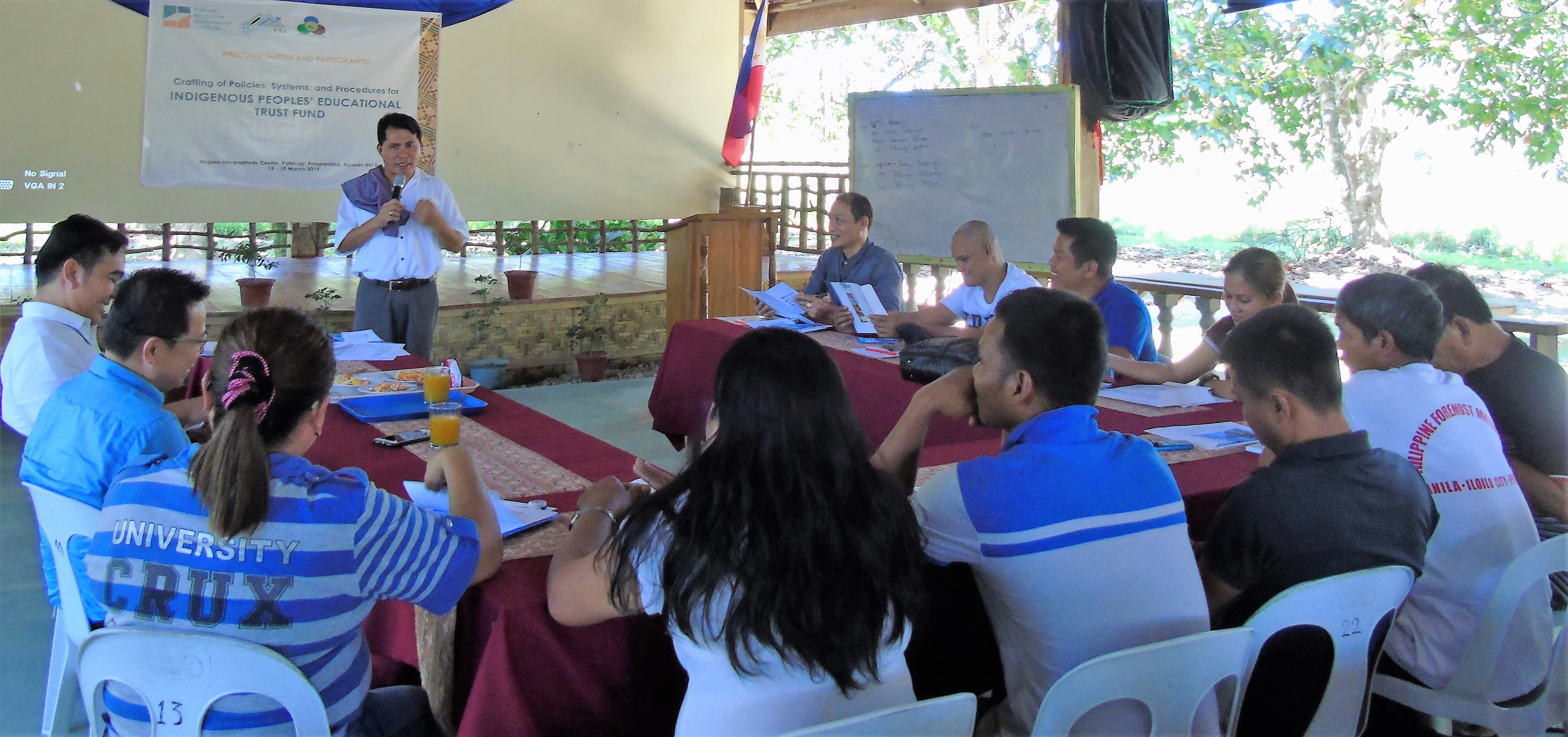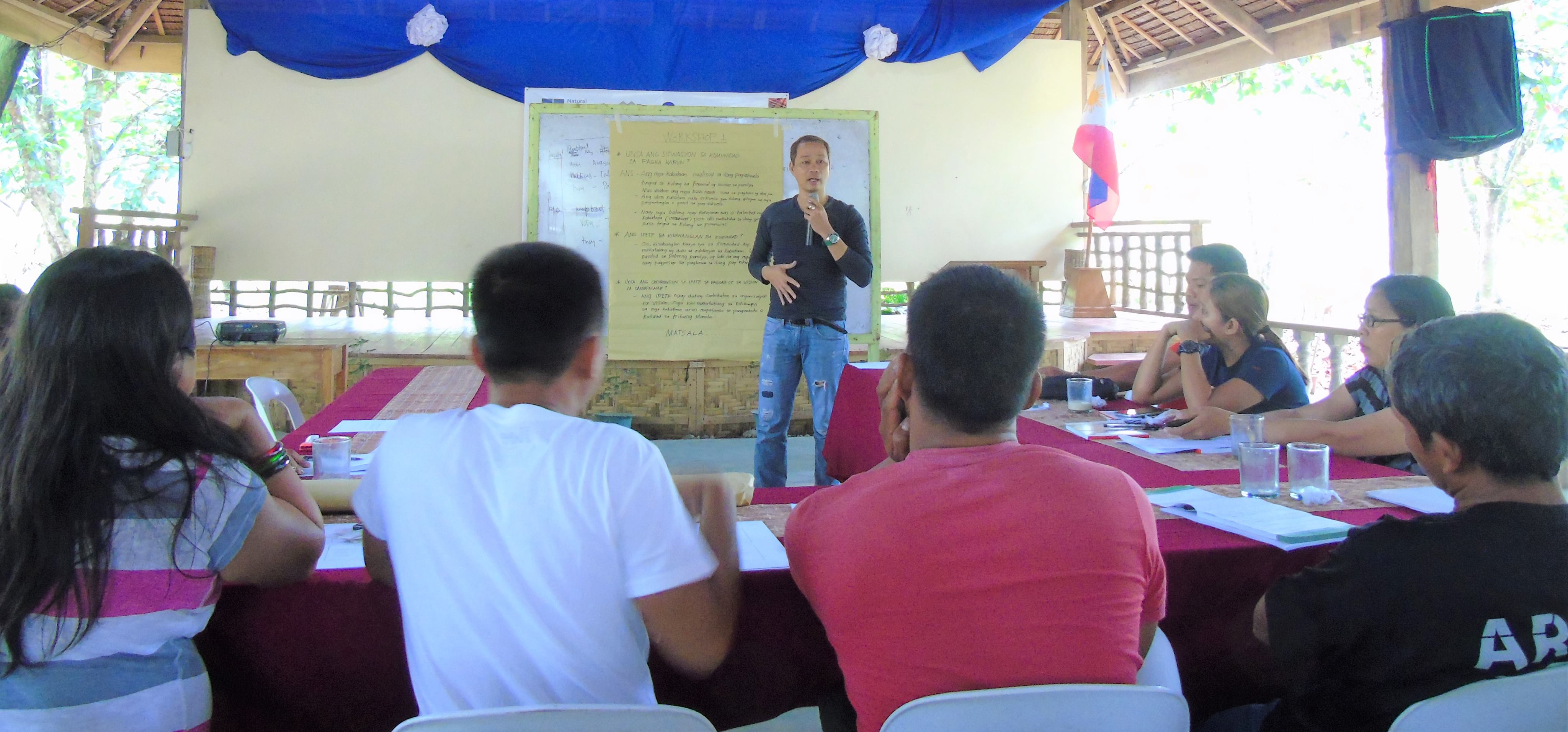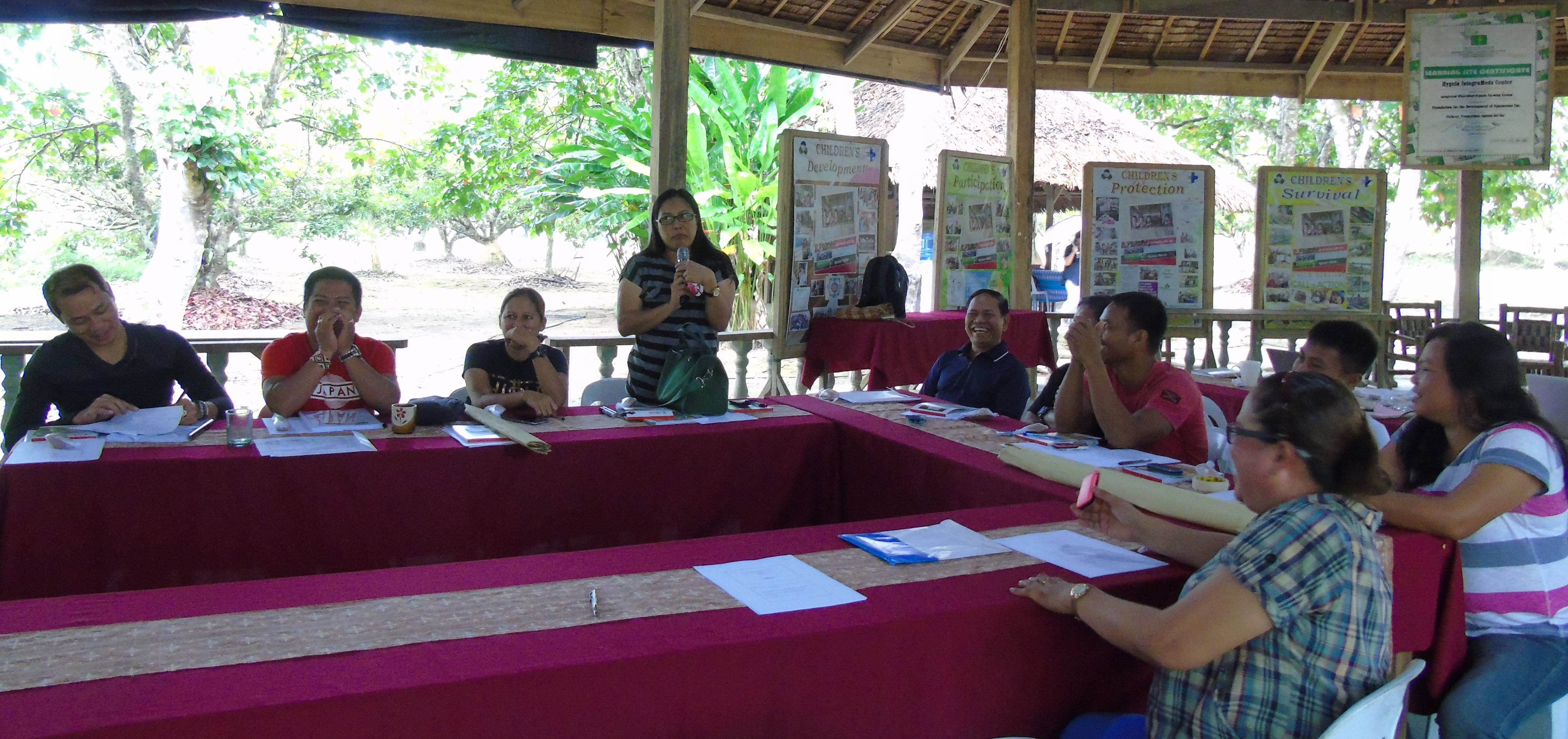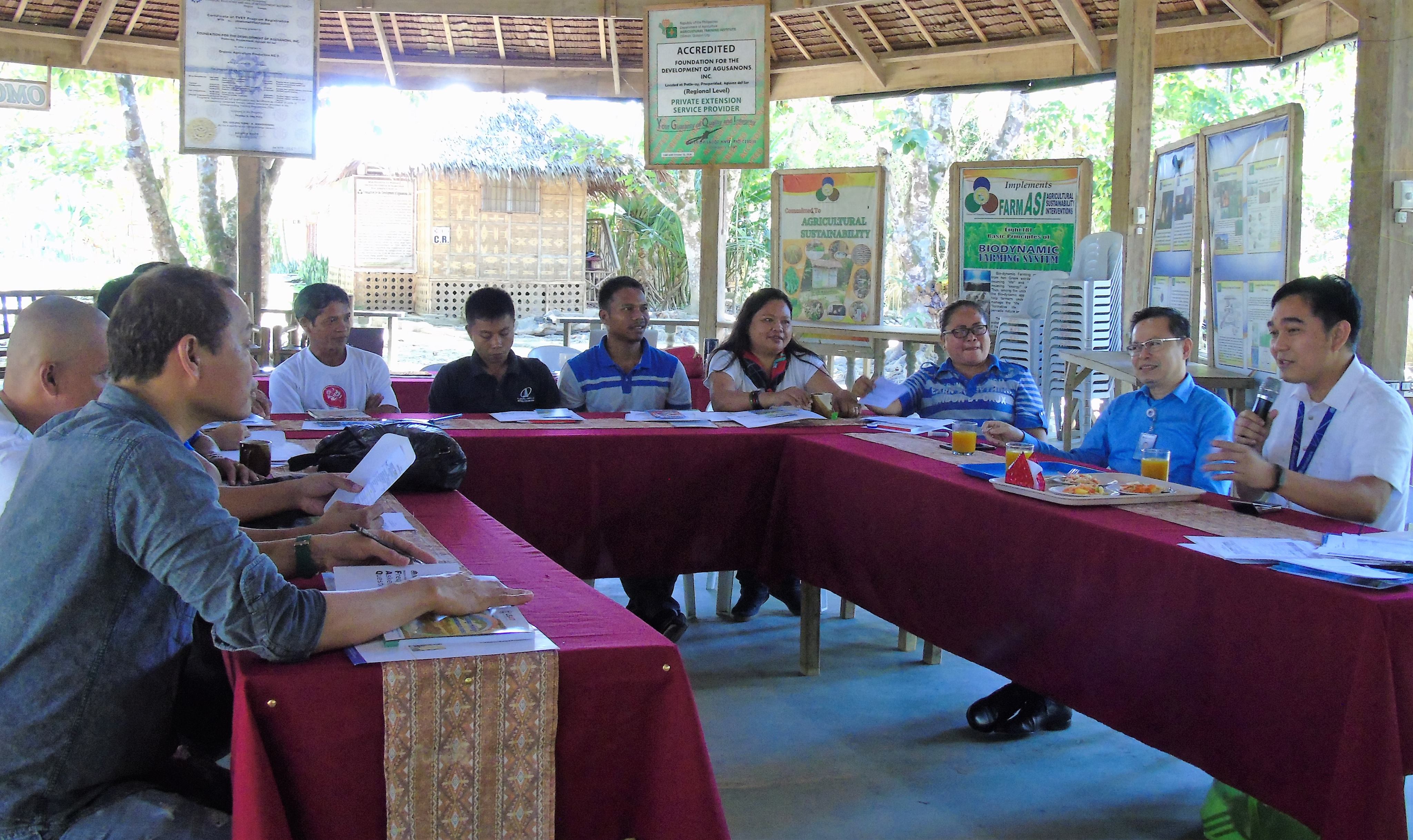Bantay Kita – Publish What You Pay Phils (BK-PWYP) and the Foundation for the Development of Agusanons, Inc. (FDAI) conduct Seminar-Workshops for the Crafting of Policies, Systems, and Procedures for Indigenous Peoples’ Educational Trust Fund (IPETF). IPETF is a fund management mechanism that is to be set up by CAMMPACAMM, an Indigenous Peoples Organization that is based in Rosario, Agusan del Sur, and by Pigsalabukan Gukom de Bayog (PGB) of Bayog, Zamboanga del Sur. The activity is held at Hygeia IntegraMeds Center, Patin-ay, Prosperidad, Agusan del Sur on March 13 – 15, 2019.

CAMMPACAMM and PGB are both holders of Certificate of Ancestral Domain Title in their respective municipality and that their Ancestral Domains are endowed with mineral resources and mining operations are either ongoing or about to commence.

The Constitution and relevant laws and policies emphasize patrimony of the nation as basic principle of ownership and use and revenue sharing from utilization of timber, minerals, water bodies and other resources.
What stands out in recent years is revenue share, also described as royalty share, given to government and IP communities for the private extraction of mineral resources and generation of hydro and geothermal energy. However, the revenues generated from these resources are not inexhaustible and neither immune from market forces and behavior of private firms in terms of compliance to laws and regulations. More significantly, the extraction and/or use of natural endowments have strategic opportunity costs from the dimension of ecological balance and environmental protection. The decision of the Department of Environment and Natural Resources to close several mining operations is anchored on the negative balance between mining revenues accruing to government and IP communities and the economic and social costs of environmental damage.
The Indigenous People’s Rights Act of 1997 (RA 8371) provides that IP communities have the right to develop, control, manage and conserve natural resources within the territories and uphold the responsibilities for future generation or to benefit and share the profits from allocation and utilization of these resources (Sec. 7, Chapter III).
Particular to mining, concerned ICC/IP communities are entitled to royalty payments, the fulfillment of which is preconditioned on the compliance to the FPIC Guidelines and execution of a Memorandum of Agreement (MOA) with the mining company. The mining law provides that the royalty shall form part of a trust fund for the socio-economic wellbeing of the community (Sec. 17, RA 7942). As a matter of principle, that wealth should also lead to the creation of other wealth-generating opportunities for the people in the community and for other environment-responsible endeavors (Sec. 19e, DENR DAO 2005-15).
Notwithstanding issues of transparency and accountability, there is irrefutable fact that royalty funds have flowed from mining companies to ICC/IP communities. However, there are no indications of any ICC/IP community is explicitly treating royalty also as a trust fund for the future generation or for creating other wealth-generating opportunities. Only a few ICC/IP communities have formulated Community Royalty Development Plans (CDRPs) as provided for in the FPIC Guidelines of 2012. Those who have may not have included allocation of funds for the future generation or as leverage against sudden loss of royalty due to mine closure or emergency needs. The CRDP provision in the FPIC Guidelines also does not explicitly require ICC/IP communities to allocate portion of the royalty for further wealth creation or for future needs.
The still-unborn population in ICC/IP communities has as much right of ownership to the ancestral domain and to revenues therein. Therefore, the present wealth – such as royalty revenues – should be structured as to account for the share of the future generation of the ICC/IP community. The present generation of the ICC/IP community has duty and care obligation for the future generation.

It is in the above context that leaders of CAMMPACAMM and PGB decided to allocate 10% of the royalty payment they would receive from mining companies operating within their Ancestral Domains to set-up Educational Trust Fund.
Initially, it was agreed that the would-be beneficiaries of the Educational Trust Fund are children in the Indigenous Cultural Community (male and female) born in a given year. From this cohort, the final list of beneficiaries would be 15/16-year old youth (male and female) who have reached Junior High School and are ready to proceed to Senior High School. The fund will cover tuition and other fees until uninterrupted completion of college education. This decision of CAMMPACAMM and PGB is already contained in their respective Community Royalty Development Plan; which were produced with the help of BK-PWYP and FDAI with funding support from MAVC London and VOICE Netherlands.
The ongoing workshops, funded by Natural Resource Governance Institute, is aimed at crafting Policies, Systems, and Procedures in managing the Educational Trust Fund of CAMMPACAMM and PGB.

